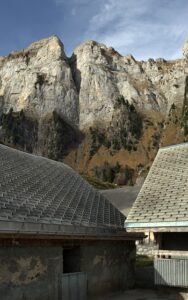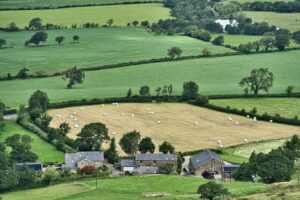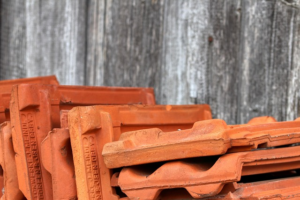Optimizing Large Farm Sheds for Storage and Efficiency in Central Tablelands Agriculture
Agronomic operations in the Central Tablelands are significantly bolstered by robust farm sheds, which act as essential infrastructure for protecting crops, livestock, and agricultural equipment from the region's variable climate. These st…….
Agronomic operations in the Central Tablelands are significantly bolstered by robust farm sheds, which act as essential infrastructure for protecting crops, livestock, and agricultural equipment from the region's variable climate. These structures are engineered with resilient materials to endure harsh conditions and provide a substantial, secure space for storing machinery, fodder, and produce. Their adaptable design caters to a range of needs, from shielding tractors from intense sun to sheltering animals during storms. Strategically positioned on the Central Tablelands, these farm sheds optimize land use and enhance overall efficiency by offering integrated storage and animal housing solutions. The versatility of farm sheds supports various farming activities, including grain and hay storage, and their robust construction ensures protection against environmental stressors. Investing in high-quality farm sheds is recognized as a key strategy for safeguarding assets and promoting the health and longevity of crops and livestock, all while maintaining a stable environment. In summary, farm sheds are a vital component of modern, efficient, and sustainable farming practices in the Central Tablelands, offering economic advantages by centralizing operations and enabling on-farm value addition through processing or storage.
Explore the benefits and strategies for implementing robust farm sheds on the Central Tablelands. This article delves into maximizing storage and shelter with large farm sheds, tailoring your shed to withstand the unique climate of the region, and understanding their role in bolstering agricultural operations. Discover how these structures can serve as a cornerstone for efficiency and resilience on your farm.
- Maximizing Storage and Shelter with Durable Large Farm Sheds on the Central Tablelands
- Customizing Your Farm Shed: Factors to Consider for Optimal Functionality in the Central Tablelands Climate
- The Role of Large Farm Sheds in Enhancing Farm Operations Across the Central Tablelands Region
Maximizing Storage and Shelter with Durable Large Farm Sheds on the Central Tablelands
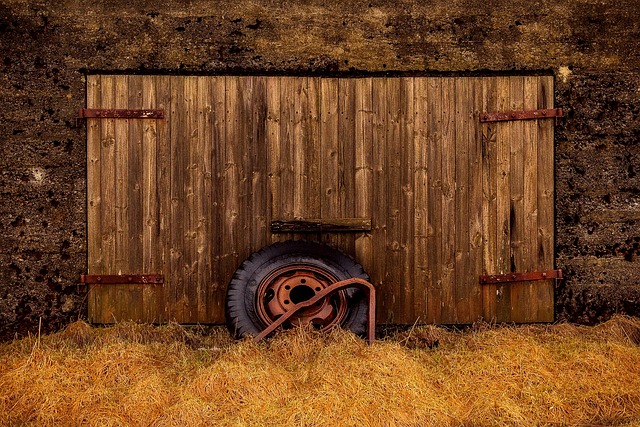
In the Central Tablelands, where climate conditions can be both demanding and variable, large farm sheds play a pivotal role in safeguarding agricultural equipment, livestock, and produce. These structures are designed with robust materials and construction techniques to endure the harsh elements, from scorching summers to frosty winters. The expansive nature of these farm sheds ensures that farmers can maximize storage space, keeping machinery, fodder, and harvest securely under one resilient roof. With options for customizable dimensions, these sheds cater to diverse needs, whether it’s shielding tractors from the sun’s relentless rays or providing shelter for animals against driving rain.
Moreover, the strategic placement of large farm sheds on the Central Tablelands can optimize land use, creating a synergy between storage and shelter that enhances overall farm efficiency. The versatility of these structures allows for multiple configurations to accommodate different types of farming operations, from grain storage to housing for poultry or cattle. Investing in high-quality farm sheds not only protects assets but also contributes to the longevity of crops and livestock by maintaining a stable environment that is conducive to growth and well-being. The durability and adaptability of these sheds make them an essential investment for any large-scale farming operation in the Central Tablelands.
Customizing Your Farm Shed: Factors to Consider for Optimal Functionality in the Central Tablelands Climate
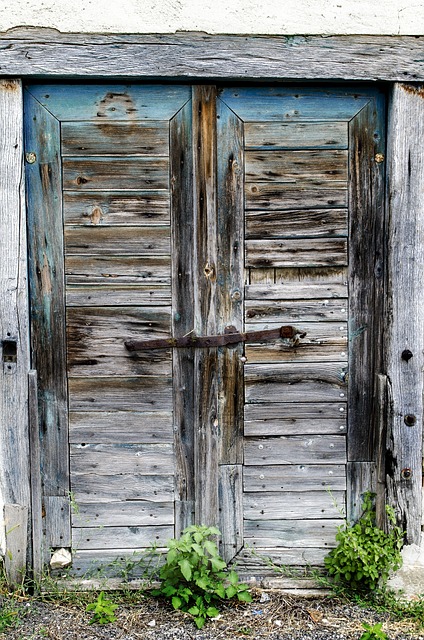
When customizing your farm shed in the Central Tablelands, it’s imperative to consider the local climate and terrain to ensure optimal functionality and durability. The region’s variable weather patterns, characterized by hot summers and mild winters, demand a structure that can withstand extreme temperature fluctuations. Selecting materials resistant to rust and fading, such as high-grade steel or treated timber, will protect your equipment and maintain the shed’s integrity over time.
Moreover, the Central Tablelands’ undulating landscapes necessitate careful planning for shed accessibility. Adequate headroom and a robust design are crucial for accommodating farm machinery. Features like wide double doors or roller doors can facilitate easier movement of large items in and out. Additionally, incorporating natural ventilation through strategic window placement will improve airflow and comfort during the warmer months. By taking into account these climate-specific factors, your farm shed will serve as a reliable asset, accommodating your agricultural needs while withstanding the unique conditions of the Central Tablelands.
The Role of Large Farm Sheds in Enhancing Farm Operations Across the Central Tablelands Region

In the Central Tablelands region, large farm sheds play a pivotal role in optimizing agricultural operations. These robust structures serve as multifunctional hubs where farmers can store equipment, shelter livestock, and protect crops from harsh weather conditions. The expansive nature of these sheds allows for ample space to accommodate various farming activities year-round, ensuring that operations continue smoothly regardless of the season. The strategic placement of farm sheds within this fertile landscape not only enhances productivity but also facilitates better organization and efficiency on the farm. With a design tailored to withstand the region’s specific climatic challenges, these sheds provide a durable and versatile solution for storing machinery, feed, and other essential items. Moreover, they offer shelter for animals during extreme weather events, which is crucial in an area prone to variable conditions like droughts or heavy rainfall. The integration of large farm sheds into the farming ecosystem of the Central Tablelands is a testament to the region’s commitment to sustainable and efficient agricultural practices.
The economic benefits of implementing large farm sheds are manifold, from reducing operational costs by streamlining activities under one roof to increasing the potential for value-adding on-farm processing or storage activities. These structures are constructed with durability in mind, often using materials that resist rot, pests, and weather degradation, thereby ensuring longevity and a sound investment. The versatility of large farm sheds means they can be configured to specific needs, such as housing for different types of livestock, or designed for specialized uses like hay or grain storage. Their presence on farms across the Central Tablelands signifies a forward-thinking approach to modern farming, one that embraces innovation and adaptability in the face of evolving agricultural practices and market demands.
In conclusion, large farm sheds serve as multifunctional assets for farmers across the Central Tablelands. Tailored to withstand the region’s unique climatic conditions, these structures offer unparalleled storage and shelter solutions. Customization options ensure that each farm shed meets the specific needs of its users, thereby enhancing overall farm operations. For those seeking robust and adaptable infrastructure, farm sheds represent a sound investment in the Central Tablelands’ agricultural sector. Embracing these structures not only facilitates efficient management of equipment and crops but also contributes to the sustainability and prosperity of local farming enterprises.
